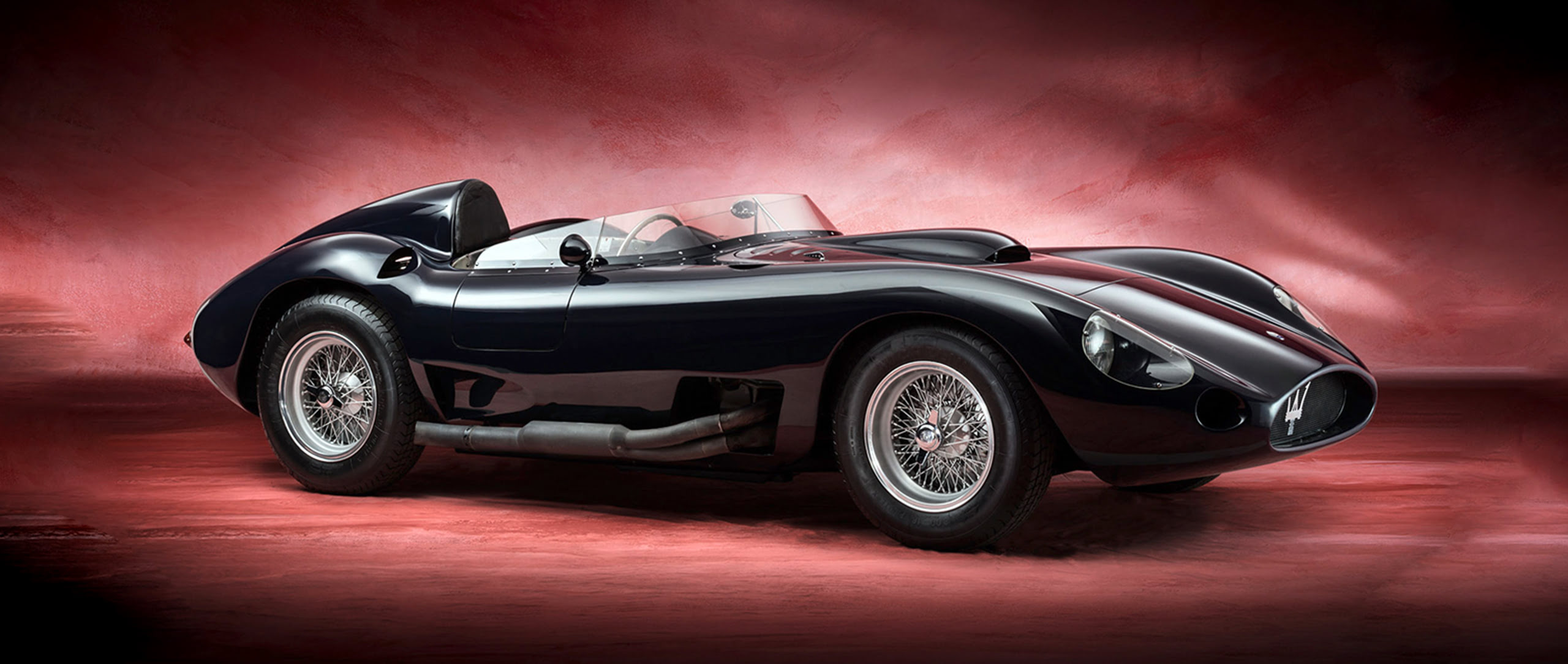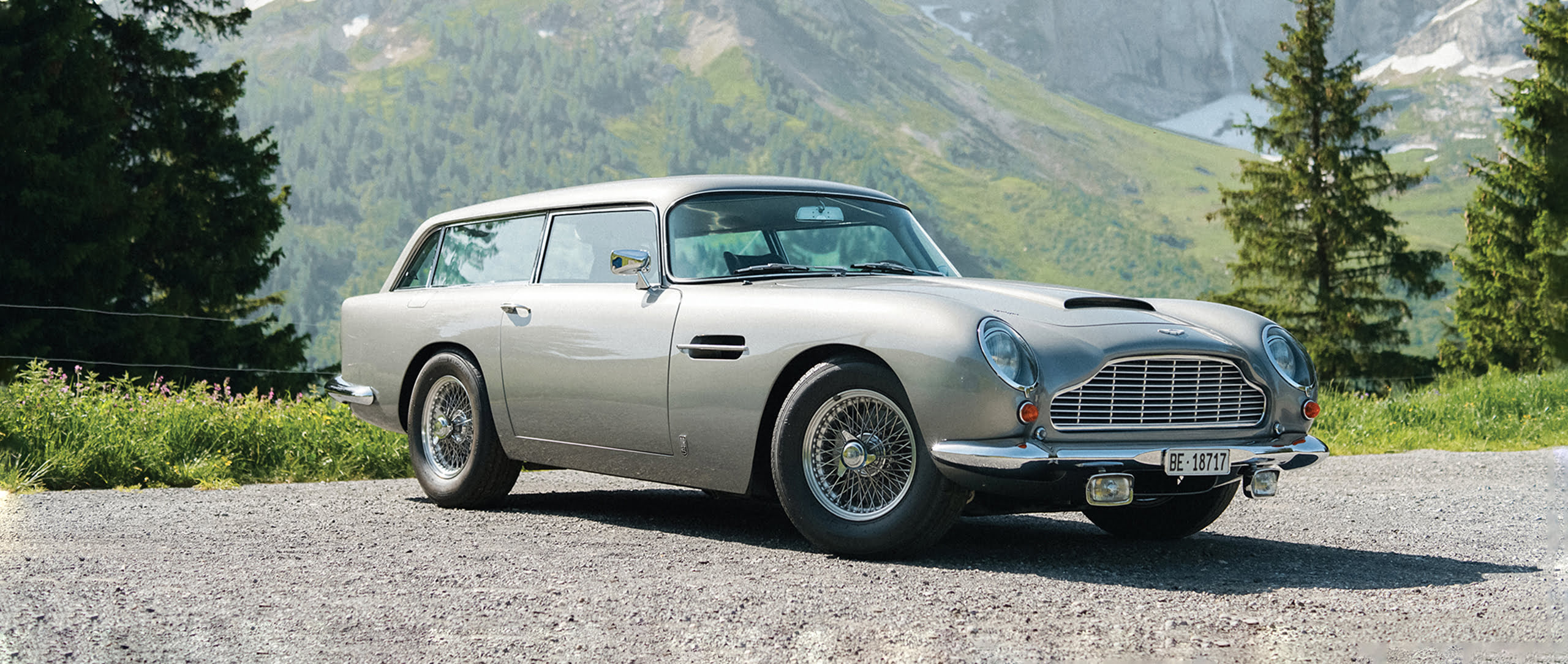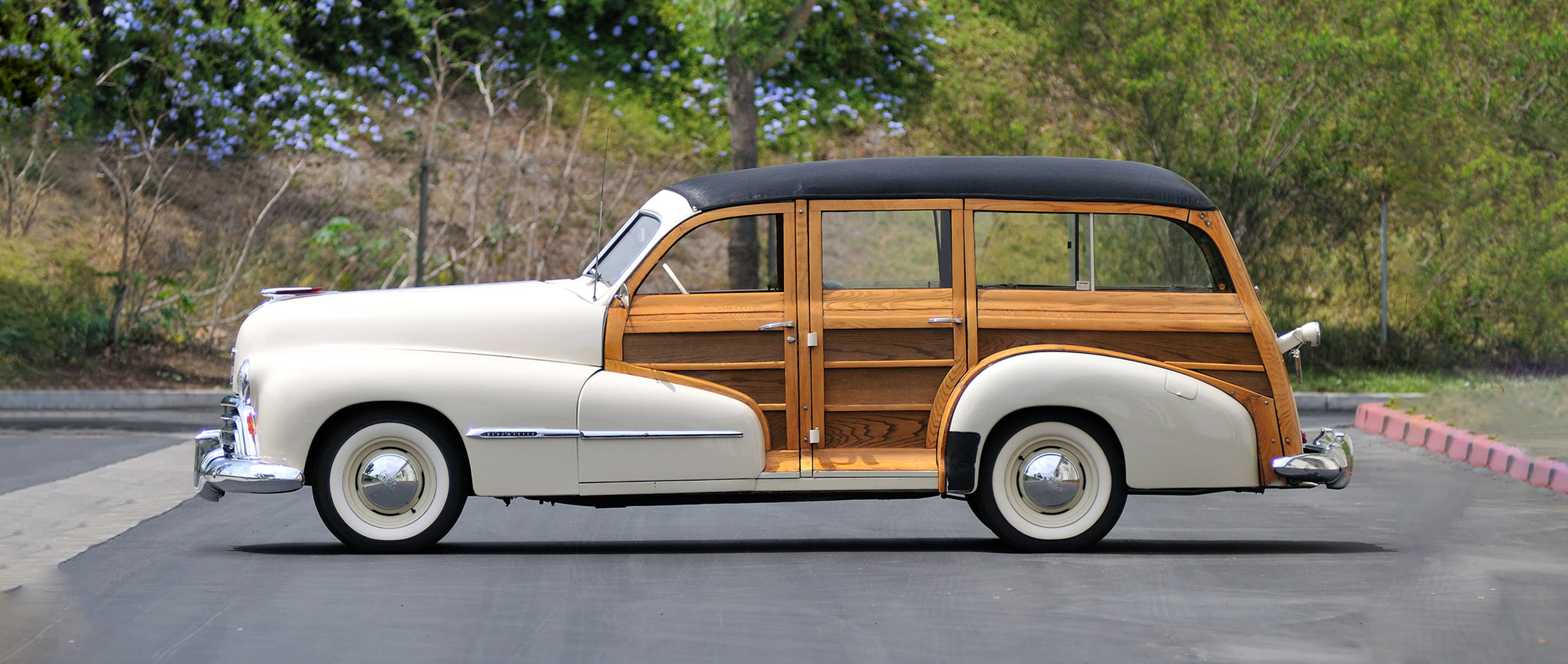Magnificent and challenging
24 October 2020 1 min read 4 images

Enzo Ferrari was not at all amused when Maserati fans once parked a cartload of fodder in front of the Scuderia headquarters in Viale Trento Trieste, with a sign saying: the “Cavallino” (horse) is weak, give it some food! In the 1950s, Maserati was Ferrari’s great rival. Indeed, in that period, Maserati played a part in Fangio’s 1954 World Drivers' Championship victory, and then went on to take the 1957 title with the same driver. Back then, of course, road racing was hugely popular, and Maserati, technologically avant-garde and fielding its Sport models — the 200S (2000cc) and 300S (3000cc) —, enjoyed considerable success. What is more, even though Ferrari was by this time producing its cars at Maranello, the Viale Trento Trieste site, still the historic headquarters of this famous brand, was situated just a few minutes’ walk away from Via Ciro Menotti, where Maserati had (and indeed still has) its headquarters and production facilities.
Register to unlock this article
Signing up is free and gives you access to hundreds of articles and additional benefits. See what’s included in your free membership. See what's included in your free membership.
Already have an account? Log In



